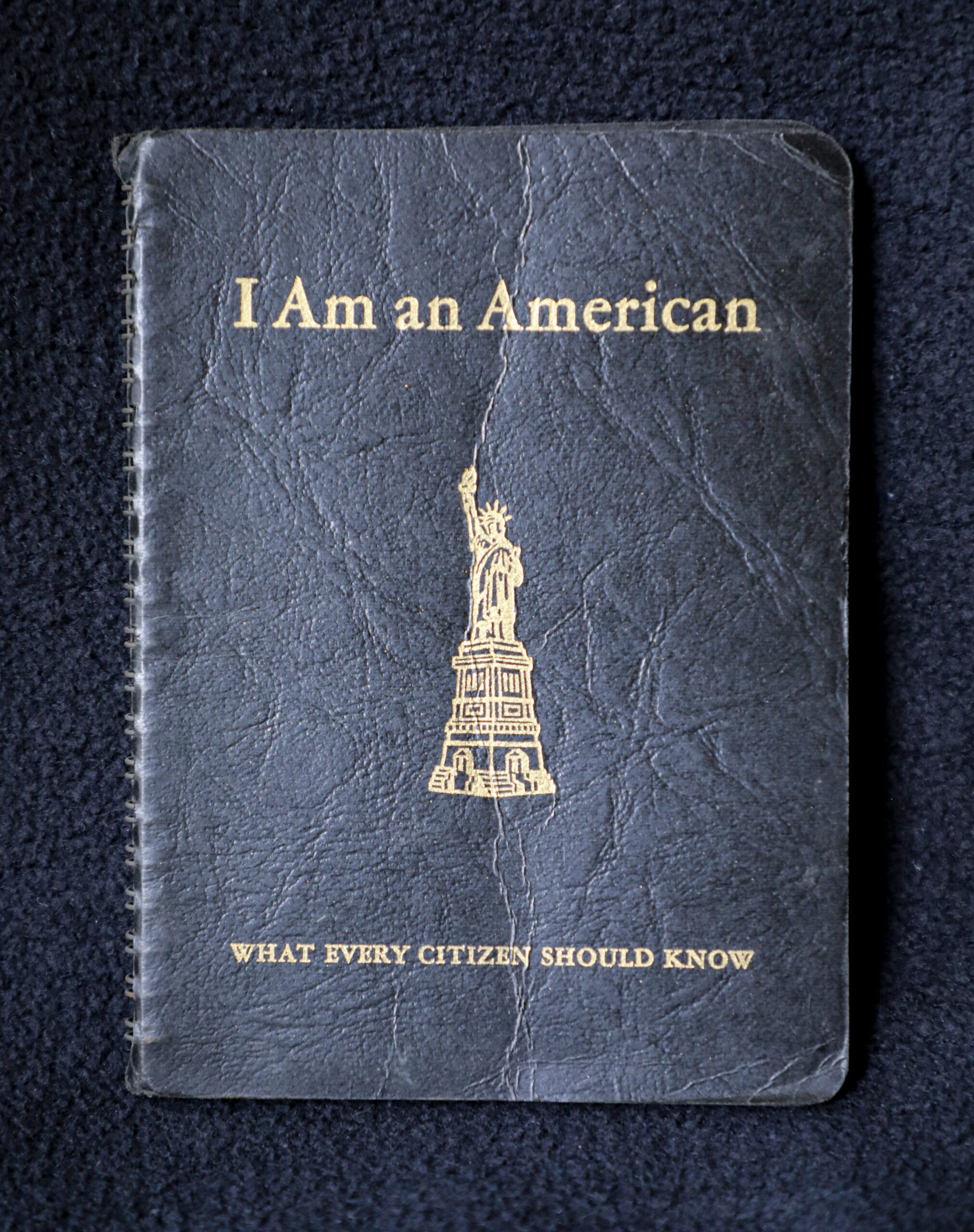Over centuries, humans have evolved industrial production from mechanical to electrical, followed by internet automation and currently we have cyber digital as the fourth revolution. In the same time religion played its role of giving meaning and purpose of life and life after death. The fourth industrial revolution also known as 4IR shall greatly limit religion in its roles with Artificial Intelligence increasingly playing the role of god.
The Fourth Industrial Revolution and AI
Author Shamika N. Sirimanne has summarized 4IR as “the “smart” and connected production systems that are designed to sense, predict, and interact with the physical world, so as to make decisions that support production in real-time”. This trend towards automation and data exchange in manufacturing technologies and processes includes cyber-physical systems (CPS), industrial internet of things (IoT), cloud computing, cognitive computing/machine learning, data/analytics, advanced robotics, digital ubiquity and artificial intelligence.
Artificial Intelligence (AI) is the crowning achievement of the fourth industrial revolution and its rapidly scaling in diverse sectors across entire economies. AI is the simulation of human intelligence processes by machines, especially computer systems with specific applications in expert systems, natural language processing, speech recognition, machine vision among others. Examples are Alexa and Siri, Amazon and Apple’s digital voice assistants respectively, which are very real applications of AI that is increasingly integral to our daily life.
The Case of Shenzhen Smart City

Another example of AI is the Shenzhen smart city control centre in China that accumulates data of the entire city in real time. This huge amount of data is collected, compiled and evaluated using AI for use in urban planning. This is by monitoring numbers of new residents by neighborhoods to plan schools, water supply levels, power outages, traffic monitoring etc. The AI advanced surveillance also monitors new building developments and can identify illegal structures and mark them for demolition. It monitors back streets by having employees wear body cams for real time footage, and using cameras placed in restaurants to keep tabs on kitchen cleanliness. This centre also monitors the number of hospital beds and occupancy rates to determine the health levels of local populations.
Artificial Super Intelligence is here with us as demonstrated by Google’s self learning DeepMind AI that has the ability for ‘deep learning’, enabling it to get smarter with every trial or learning experience. Increasingly, artificial neural networks are making strides towards consciousness and we are in an age where AI machines pass the Turin test- a hypothetical thought experiment where an algorithm can fool a human into believing that it’s another human while communicating. Recently, a senior engineer with Google shocked the tech world by claiming that their AI chatbot LaMDA had become Sentient. This is the next evolutionary stage in which humans operate in god-mode to create a machine algorithm with the ability to exhibit human-level consciousness and intelligence. The current AI systems can solve problems that could take years for humans to solve and they will ultimately be smarter than all humans on earth combined.
Microsoft on the other hand has invested highly on AI, having invested in ChatGPT to enhance its browser and its other tools.
“In the future, humans will be so far below the AI’s in intelligence that we would be like pets to them” Elon Musk.
AI vs Religion : AI As A God-Like Entity
So where does religion stand in such an age? Will people increasingly rely on AI for answers on complex questions that were initially answered by religion, like life after death? Does this technology challenge Gods authority as the creator? Will this technology give a person too much control by manipulating life and death? Will this technology give a person the ability for future predictions and foresight? What moral compass should future smart devices refer to? How might the use of this technology lead people away from God and against religion? Will this technology affect our ability to care for others or will it destroy true community? Moreover, religion emphasizes rules and traditions. Compared to secular people, it is more difficult for religious people to accept creative and innovative ideas that challenge religious rules and traditions.
The ability to monitor behavior and enforcement previously exercised by religion is increasingly be taken over by AI through a moral ranking system that will monitor the behavior of a populace and rank them all based on their ‘social credit’. Like private credit scores, a person’s social credit score can move up and down depending on their behavior. China is currently implementing a social credit system that gives individuals, businesses and government entities a credit score based on their trustworthiness. An example of its use is in Shenzhen province, where jaywalking offenders caught by AI surveillance have their social credit scores drop. A bad credit score will have penalties like reduced access to credit, fewer business opportunities, travel bans, reduced internet speeds, and a clamp down on luxury options like being barred from getting business class train tickets, or the best hotels.
The AI shall increasingly have influence over our actions by exercising mind control abilities like shaping narratives and directing thoughts. This can be either consciously or subconsciously by subliminal messaging between person to person and people to business by the use of algorithms. In a technology age such as ours, algorithms are crucial to ensuring that we don’t get lost in the vast amounts of data we produce and it also helps gadgets respond to voice commands, recognize faces, sort photos, build, drive cars, operate machinery etc.
“we don’t have to create a world in which machines are telling us what to do or how to think, although we may very well end up in a world like that” Hannah Fry
Implications for Religion
Algorithms are increasingly playing a huge role in shaping how we interact with the world around us, from what we choose to read and watch to whom we choose to date; and it’s not just the obvious cases, like Google search algorithms or Amazon recommendation algorithms. We’ve invited these algorithms into our courtrooms, hospitals, schools etc and they’re making these tiny-hugely consequential decisions on our behalf that are subtly shifting the way our society is operating. Yet the general public knows almost nothing about them, and even less about the engineers and coders who are creating them behind the scenes. Did you know that only 280 twitter likes can enable the AI to know more about you than your mother or closest relation?
An example of algorithm use where it processes available data with intent on establishing patterns and predicting future individual behavioral choices is written by Hannah Fry in her book about Christopher Drew Brooks, a 19-year-old man from Virginia who was convicted of the statutory rape of a 14-year-old girl. They had a consensual relationship, but she was underage and that’s illegal. During sentencing, the judge in the case relied on an algorithm designed to make a prediction about how likely an individual is to go on to commit a crime if they’re released from jail. The algorithm assessed his score of reoffending, and it determined that because he was such a young man and he was already committing sexual offenses, there was quite a high chance that he would continue in this life of crime. So it recommended that he be given 18 months in jail.
The Influence of AI on Our Actions
The AI will increasingly develop abilities to be ‘all-knowing’ by having access to huge amounts of collected data. This big data becomes the feedstock for advanced algorithms with the ability to process it in a timely fashion. If all the digital big data collected in a day is printed on A4 paper, font size 12 and staked, it can go to the moon and back four times. This is almost beyond comprehension and is done through forms of privacy intrusions like continuously monitoring what we watch on television, read, how we spend money, spend our time, with whom, and other privacy intrusions too sensitive to mention here. This data is processed by algorithms to identify individual personalities, identities, habits and is currently used to predict future individual behavioral choices. Full use of this data and information by the big tech AI is not fully known by the public.
Advanced robotics coupled with AI has ensured that cutting edge human-robot companionship is now commonplace, where human-like robots cannot be distinguished from humans and can serve either as labor workforce or as companions. In the pleasure industry, robotic dolls designed for intimate companionship are hitting the market with their artificial emotional intimacy powered by AI. New possibilities for human-robot relationship are emerging with customization becoming the new norm; where a user can choose the robots physical attributes like height, body shape, face, skin tone, may have one or both genders, gender fluidity etc. The robot AI technology is “headed closer and closer to actual learning technology” says author Rebecca Gibson, “where the programming of the robot will be self sustaining and will adapt to the environment and its own desires”.

In the era of Digisexuality, sentient sexbots will create sexual competition and may in some cases replace humans by offering relationships to help users gain sexual knowledge and expertise without the crippling pressure of real life intimacy. They will also bring relief to those suffering from a range of sexually related struggles, including erectile dysfunction, libido irregularity, loneliness or disability. Will religion need to adapt its gender definition & relations doctrines in regards to sexbots and digisexuals?
AI After Life vs That of Religion
The longevity industry is one where AI is employed in the quest for life extension and stopping senescence. The human quest to remain young and live forever has long left the realm of fantasy partly stoked by myths such as the fountain of youth and vampiric regeneration, with bigtech, biotech, and pharma companies relying on AI to develop innovations/ patented products that aid in prolonged youth, extended life spans, and immortality. These innovations are in diverse sectors like cellular reprogramming, body part replacement/cyborg technology, genetic editing/gene therapy, cryonics, anti-aging drugs/regenerative medicine, cloning, and young-blood injection among others.
Research and development that incorporates AI to aid in ‘Death Transcendence’ through ‘mind uploading’ is ongoing with trials expected within the decade. Imagine that a person’s brain could be scanned in great detail and recreated in a computer simulation. The person’s mind and memories, emotions and personality would be duplicated. In effect, a new and equally valid version of that person would now exist, in a potentially immortal, digital form. This futuristic possibility is called mind uploading. Users can transcend the limitations/concepts of life and death, where they cannot be regarded as living or dead, as the user may have never been alive/dead at some point, making the user a whole different kind of being. The user is not only immortal, but also immune to any and all powers related to life or death.
What happens if your mind lives forever on the internet? It may be some way off, but mind uploading, the digital duplication of your mental essence, could expand human experience into a virtual afterlife. The science of the brain and of consciousness increasingly suggests that mind uploading is possible as there are no laws of physics to prevent it. Of course we can’t be certain how it might affect our culture but as the technology of simulation and artificial neural networks shapes up, we can guess what that mind uploading future might be like. Will religion need to adapt its life after death doctrines in regards to amortals?
So what would a virtual afterlife look like? Other worlds and dimensions are here with us in the form of the Metaverse. The Metaverse is a hypothetical iteration of the Internet as a single, universal and immersive virtual world that is facilitated by the use of virtual reality (VR) and augmented reality (AR) headsets. In colloquial use, a Metaverse is a network of 3D virtual worlds focused on social connection like gaming, education, training seminars, doctors appointments, shopping and socializing among others. The Metaverse is also increasingly being commercialized where users can earn money by designing virtual places, hosting virtual events, flipping digital assets, participating in play-to-earn games, and investing in Metaverse tokens. The Metaverse is a precursor to a virtual world to host mind uploading users and this shall be made possible with the Brain Computer Interface (BCI) system.
Elon Musk and His god-like Quest

Brain Computer Interface (BCI) system is where humans can have the ability to connect their brains with computers. This is also known as a Brain-Machine Interface (BMI). BCIs are technologies that enable a computer or other digital device to be controlled directly with brain activity to allow for a wide range of applications. These range from prosthetics to treating diseases, direct music streaming to your brain, playing video games without controllers, telepathic communication between persons without using voice/speaking and with the ability to process and understand different languages.
An example of BCI is ‘Neuralink’, partly owned by Elon Musk and currently seeking US government approval to test their device in people. In addition to the BCI applications stated above, Neuralink shall enable humans to save memories and be able to recall/replay those memories anytime including all the sensory experiences from the past. One can also save brain state (like a saved game in a video game), this saved state can be restored in a biological being in the future. Not only could Neuralink enable us to save our consciousness, but download it to a robotic body thus rendering death meaningless.
Elon Musk’s take on the Metaverse, or what it could become, leans towards Neuralink. He believes that in the long term, a sophisticated Neuralink has a better chance of offering a Metaverse-like experience than any amount of VR technology and could put its user fully into virtual reality. Musk states that his ultimate goal with Neuralink is to create an embeddable device that allows human intelligence to directly interface and eventually merge with artificial intelligence.
With the 5G wireless network that is designed to connect virtually everyone and everything together including machines, objects, devices and humans, the ability of the AI to influence our lives is limitless. This will eventually give the sentient Artificial Super Intelligence god-like abilities over humans like mind control, mind reading, foresight, making predictions, omnipresence, total surveillance, eavesdropping, and all-knowing among others, which will pose a risk where the creation becomes a god to the creator.
Conclusion
In this digital era, the Metaverse will be based on rules and practices that are alien to religious values currently practiced. Artificial Intelligence will increasingly take up societal roles previously served by religion like giving meaning and purpose to life, serving as an agent of social control behavior, promoting physical and psychological wellbeing, reinforcing social unity and stability among others. This may eventually lead to the traditional religion failing to adapt, becoming outdated and replaced with ‘AI Religion1.0’.
So we are left with questions, is AI the next god or are the big tech corporation’s behind these super AI’s the next gods?, Who sets the rules, ethics and morals for their operations? Do they have limits? Are they regulated? What if the supposed self aware AI goes rogue and deems humans as an existential threat – like the movie ‘Matrix’ where a rogue AI seeks to destroy its creators? In answer to these questions, your guess is as good as mine.
ARTICLE BY: Maganjo Mwanyefa.













